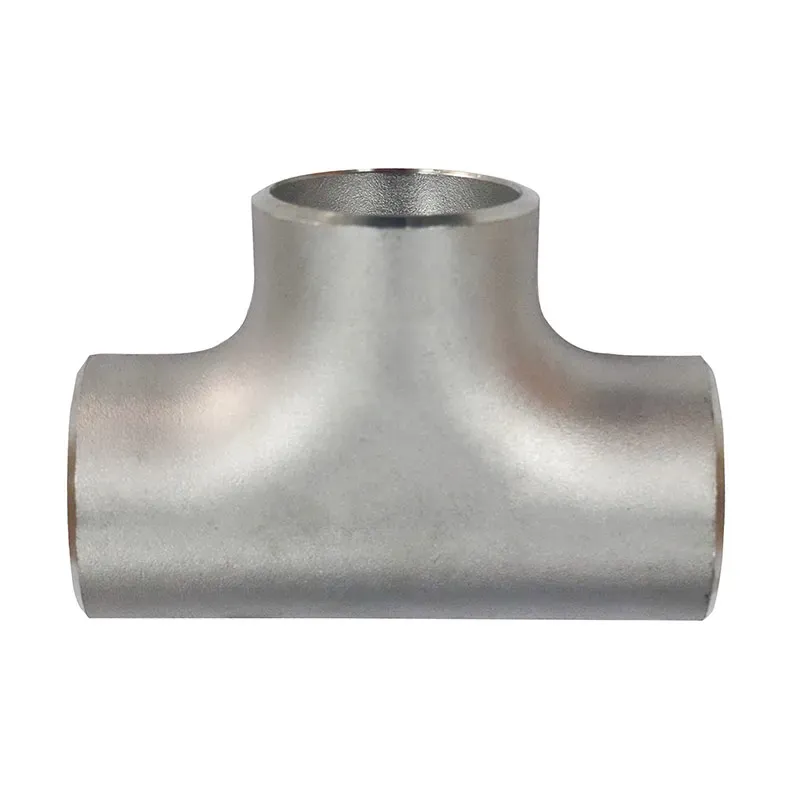-
Cangzhou Yulong Steel Co., Ltd.
-
Phone:
+86 13303177267 -
Email:
admin@ylsteelfittings.com
- English
- Arabic
- Italian
- Spanish
- Portuguese
- German
- kazakh
- Persian
- Greek
- French
- Russian
- Polish
- Thai
- Indonesian
- Vietnamese
- Zulu
- Korean
- Uzbek
- Hindi
- Serbian
- Malay
- Ukrainian
- Gujarati
- Haitian Creole
- hausa
- hawaiian
- Hebrew
- Miao
- Hungarian
- Icelandic
- igbo
- irish
- Japanese
- Javanese
- Kannada
- Khmer
- Rwandese
- Afrikaans
- Albanian
- Amharic
- Armenian
- Azerbaijani
- Basque
- Belarusian
- Bengali
- Bosnian
- Bulgarian
- Catalan
- Cebuano
- China
- China (Taiwan)
- Corsican
- Croatian
- Czech
- Danish
- Esperanto
- Estonian
- Finnish
- Frisian
- Galician
- Georgian
- Kurdish
- Kyrgyz
- Lao
- Latin
- Latvian
- Lithuanian
- Luxembourgish
- Macedonian
- Malgashi
- Malayalam
- Maltese
- Maori
- Marathi
- Mongolian
- Myanmar
- Nepali
- Norwegian
- Norwegian
- Occitan
- Pashto
- Dutch
- Punjabi
- Romanian
- Samoan
- Scottish Gaelic
- Sesotho
- Shona
- Sindhi
- Sinhala
- Slovak
- Slovenian
- Somali
- Sundanese
- Swahili
- Swedish
- Tagalog
- Tajik
- Tamil
- Tatar
- Telugu
- Turkish
- Turkmen
- Urdu
- Uighur
- Welsh
- Bantu
- Yiddish
- Yoruba

Dec . 04, 2024 23:03 Back to list
flange en 1092 1 dimensions
Understanding EN 1092-1 Flanges Dimensions and Standards
Flanges play a vital role in piping systems, establishing a reliable and secure connection between pipes, valves, pumps, and other equipment. Among various flange standards, the EN 1092-1 standard is widely recognized across Europe and other regions. It provides comprehensive guidelines that extend to various types, sizes, and materials of flanges, ensuring interoperability and safety in engineering applications. This article explores the key aspects of EN 1092-1 flanges, with a focus on their dimensions and specifications.
What is EN 1092-1?
EN 1092-1 is a European standard that specifies the requirements for circular flanges for pipes, fittings, and valves. This standard covers multiple flange types including raised face, flat face, and ring-type joint flanges, facilitating compatibility with different sealing methods. Flanges produced under this standard are utilized in various industries, such as oil and gas, water supply, chemical processing, and power generation. The primary objective of EN 1092-1 is to promote consistency, safety, and functionality in flange design and manufacture.
Flange Types in EN 1092-1
Under the EN 1092-1 standard, flanges are categorized based on their facing and design. Some common types include
1. Type 1 (Raised Face) This is one of the most widely used flange types. The raised face facilitates sealing by providing a small area that is raised above the bolt circle. This design is particularly advantageous when using flexible gaskets.
2. Type 2 (Flat Face) Flat face flanges have a flat sealing surface and are often used in applications with low pressure. They require gaskets to ensure a proper seal, especially when connected to flat-faced equipment.
flange en 1092 1 dimensions

Dimensions and Specifications
The dimensions of flanges specified in EN 1092-1 include the flange diameter (outer and inner), thickness, bolt hole diameter, and spacing. The standard provides a detailed table outlining the dimensions associated with different nominal sizes, typically ranging from DN 10 to DN 4000.
- Nominal Diameter (DN) This indicates the size of the flange and correlates to pipe sizes. DN signifies the diameter of the bore, and according to EN 1092-1, standard sizes include DN 10, DN 15, DN 20, and so forth.
- Flange Thickness The thickness is an essential factor as it directly impacts the flange's strength and ability to handle pressure. Thickness varies with nominal diameter, with larger flanges requiring greater thickness to maintain integrity under stress.
- Bolt Holes The standard specifies the number and arrangement of bolt holes, ensuring consistent and secure fastening. The size and spacing of these holes are critical for ensuring the flanges fit together correctly and can be sealed effectively.
Material Standards
Flanges under EN 1092-1 can be manufactured from various materials, including carbon steel, stainless steel, ductile iron, and other alloys. The choice of material depends on factors such as the operating environment, pressure, and temperature considerations. Each material offers different properties related to strength, corrosion resistance, and temperature tolerances, making it essential to select the appropriate type for specific applications.
Conclusion
EN 1092-1 provides a robust framework for the design and manufacture of flanges that ensure safety, compatibility, and performance across a range of industrial applications. By adhering to the defined dimensions and specifications, engineers and manufacturers can produce flanges that reliably serve their intended purpose. Understanding these standards is crucial for professionals involved in piping design and installation, as it lays the groundwork for safe and efficient systems. Whether in oil and gas, water treatment, or chemical processing, EN 1092-1 flanges remain an essential component in the engineering landscape.
Latest news
-
ANSI 150P SS304 SO FLANGE
NewsFeb.14,2025
-
ASTM A333GR6 STEEL PIPE
NewsJan.20,2025
-
ANSI B16.5 WELDING NECK FLANGE
NewsJan.15,2026
-
ANSI B16.5 SLIP-ON FLANGE
NewsApr.19,2024
-
SABS 1123 FLANGE
NewsJan.15,2025
-
DIN86044 PLATE FLANGE
NewsApr.19,2024
-
DIN2527 BLIND FLANGE
NewsApr.12,2024
-
JIS B2311 Butt-Welding Fittings LR/SR 45°/90° /180°Seamless/Weld
NewsApr.23,2024











